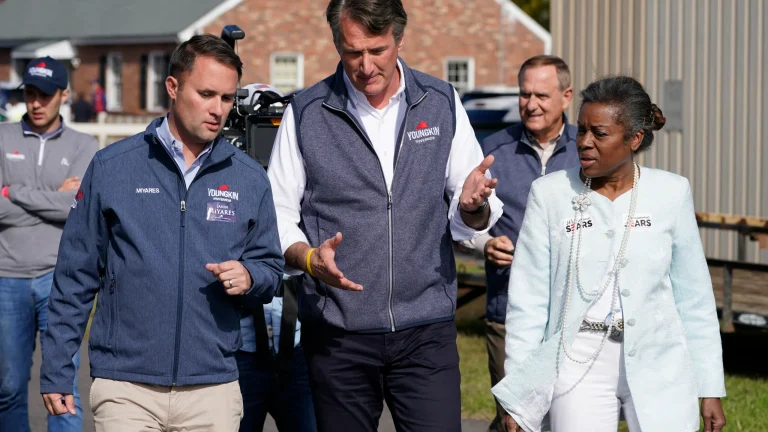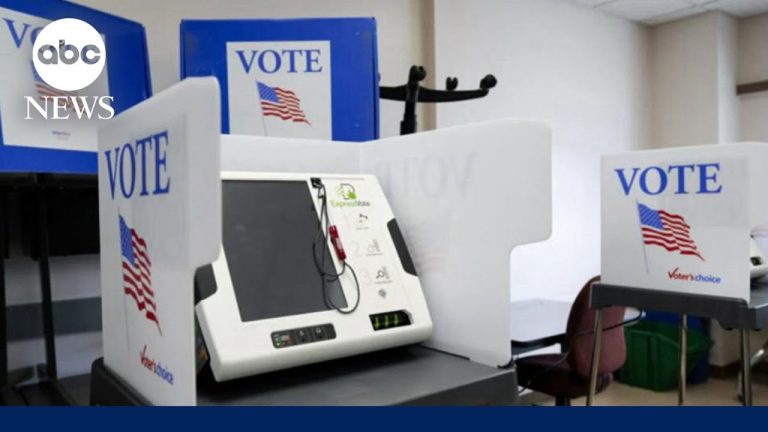Despite all the talk that Republicans put out that they will win the mid terms in 2022, it’s appearing more than likely they will lose their asses off. People have had enough of Republican lunacy and talking points and mob enforcers in the White House, as well as all manner of Russian desecration of the American flag and country as a whole.
If you look at it close enough, Russia has been playing hardball with the United States for a very long time. And lo and behold the hillbillies we thought that would save us in Red Dawn are the actual purveyors of Russian talking points. Yes, in RED DAWN the hillbillies saved the United States, but in this newer more realistic movie, they have all been brainwashed to believe in mother Russia, and Vladimir Putin. And instead of Russia needing to land paratroopers in the country, they have gotten away with murder without even firing a shot.

Hillbillies have been played, and because they aren’t, and never have been, the sharpest tools in the box, this time instead of them saving us from Russia, they played right into Russian hands, and all of them now do the bidding of their Russian masters anytime they speak or command them on their fake social media platforms. Amazing, I had long thought that at the end times the hillbillies would be more helpful in keeping America safe from Russian hands, but I guess I was wrong. Hillbillies have been compromised to work against not only their own interests, but American interests as well.
Story below:
The last two times Democrats suffered catastrophic midterm losses, an early warning of the coming earthquake came out of the Pacific Northwest.
This year, the indication from Washington state suggests something very different: a more middle-of-the-road outcome in the general election, instead of the red wave Republicans have been hoping to build.
Poor Democratic results in Washington’s August all-party primaries reflected the broader malaise that hit the party statewide and nationally in 2010 and 2014, and Republicans’ troubles in November 2018 were obvious in the August primary returns that year. Now, the 2022 primary vote out of Washington is the latest new data point — along with a number of promising Senate polls and a slight lead for Democrats in the average generic House ballot polling — suggesting Democrats’ performance in November may not be as catastrophic as previous midterm elections when their party held the White House.
This year, the aggregate Democratic vote across the state’s House primaries was more than 5 percentage points worse than Democrats’ performance in the 2018 “blue wave” year. But it was also more than 5 percentage points better than Democrats performed in either 2010 or 2014, two Republican wave years.
The party vote shares in Washington primaries have been a reliable indicator of general election outcomes there over the past decade — and while Washington leans more toward Democrats than the U.S. as a whole, swings in the states’ margins over the past decade have largely mirrored the rest of the country, according to a POLITICO analysis of the results.
“Nationally, we expected the low approval rating of Joe Biden to create a Republican wave,” said Alex Hays, a Washington-based Republican consultant. “In Washington state, the election results were closer to neutral.”
Republicans still have potential pickup opportunities in Washington, including the closely divided 8th Congressional District. But the results do not align with the collapses in Democratic support in 2010 and 2014 that previewed the GOP waves both years.
Under Washington’s primary system, all candidates from both parties run on the same primary ballot, and the two candidates who attract the most votes advance to the general election. Fewer voters turn out for the primary compared to the general election, but the aggregate share of votes gathered by each party in August has usually predicted the November outcome in Washington’s House and Senate elections within a few percentage points over the past decade.
In 2010, Democrats won just 48.5 percent of the vote in Washington’s U.S. Senate primary before Sen. Patty Murray rallied in the fall to win with 52 percent of the vote over challenger Dino Rossi. By contrast, in 2018, a strong year for Democrats, Democratic candidates brought in 58.2 percent of the vote in the Senate primary, ahead of an easy win for Sen. Maria Cantwell.
In unofficial results from the 2022 Senate primary, where Murray and Republican challenger Tiffany Smiley easily advanced, the vote share among all Democratic candidates was 55.4 percent — down from 2018, but not a margin that would indicate a remarkable year for Republicans. Biden won nearly 58 percent support in Washington in 2020.
The results in the Senate primary came in just as the National Republican Senatorial Committee launched ads earlier this month in Washington, spending in the high six figures on the initial ad buy as it sought to expand the Senate battleground. But Murray would have to fall off significantly from her primary margin to lose in the general. In more than 60 House and Senate elections in Washington between 2010 and 2020, Democrats who advanced to the general election did better than their party’s primary vote share more than three-quarters of the time. Only one candidate over that period saw their general election vote share drop by more than 4 percentage points compared to their party’s primary baseline.
The Washington primary was the latest political contest in the aftermath of the Supreme Court’s June decision overturning Roe v. Wade, which vaulted the debate over abortion rights to the forefront of Democratic campaigns.
Tina Podlodowski, the Washington Democratic Party chair, said the high court’s decision “absolutely had an impact,” saying Democratic and independent voters, particularly women, were motivated by the issue of abortion.
“Almost every other conversation we are having at the doors has to do with choice,” Podlodowski said.
Caleb Heimlich, chair of the Washington State Republican Party, acknowledged that the Dobbs decision had driven turnout among liberal voters who otherwise might be less motivated in a year when their party had control of Congress and the White House.
He also pointed to effective spending by Murray’s campaign to motivate Democrats to turn out for the primary. The incumbent spent more than $2.2 million on TV advertising in June and July, according to FEC filings.
There were some better signs for Republicans in congressional races. Across Washington’s 10 districts, Democratic candidates won approximately 54.5 percent of the vote, according to unofficial results, down from 55.4 percent in 2020 and 60.2 percent in 2018. It was still a significantly better showing for the party compared to 2014, when Democratic congressional candidates brought in just 48.9 percent of the vote statewide on primary day.
In the 8th District — where national Republicans have made Rep. Kim Schrier a top target in a district Biden won by 7 points two years ago — Democratic primary candidates brought in 49.6 percent of the vote compared to 49.1 percent for Republicans. (In 2018, when Schrier flipped the open seat, the Democratic vote share in the district was 50.2 percent during the primary.)
The result indicates a close race brewing this fall between Schrier and Republican Matt Larkin, a businessman and former attorney general candidate who beat out several other Republicans to advance to the November general election. Schrier, who has also spent significantly on early ads boosting her standing and seeking some distance from the Biden administration, remains in a competitive position. But Republicans may be able to invest more in the race now that they have a clear candidate, and they will likely look to tie Schrier — like other Democrats — to the unpopular Democratic president.











